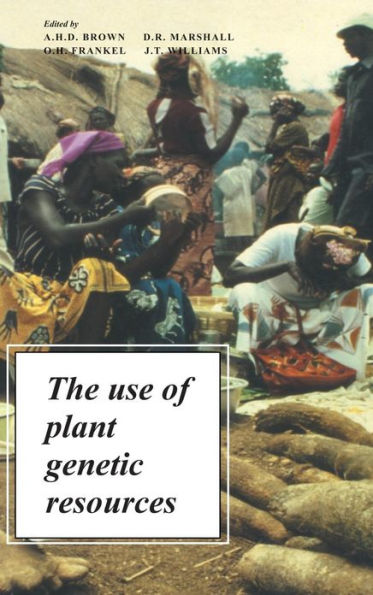5
1
9780521345842


The Use of Plant Genetic Resources available in Hardcover

The Use of Plant Genetic Resources
- ISBN-10:
- 0521345847
- ISBN-13:
- 9780521345842
- Pub. Date:
- 02/02/1989
- Publisher:
- Cambridge University Press
- ISBN-10:
- 0521345847
- ISBN-13:
- 9780521345842
- Pub. Date:
- 02/02/1989
- Publisher:
- Cambridge University Press
137.0
In Stock

Product Details
| ISBN-13: | 9780521345842 |
|---|---|
| Publisher: | Cambridge University Press |
| Publication date: | 02/02/1989 |
| Pages: | 396 |
| Product dimensions: | 6.18(w) x 9.02(h) x 1.10(d) |
What People are Saying About This
From the B&N Reads Blog
